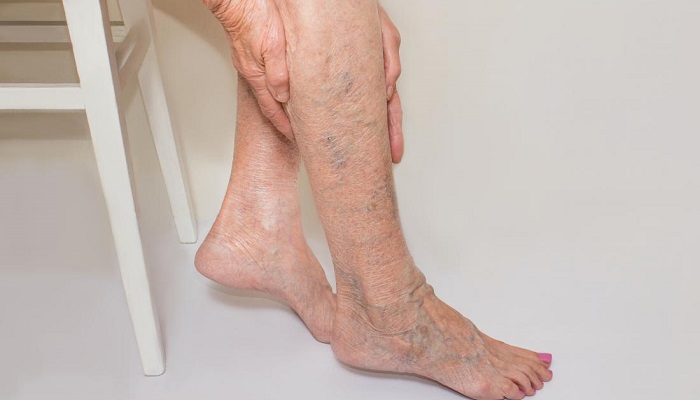If you have noticed twisted, bulging veins on your legs, you might have a vein problem. Veins are an essential part of the circulatory system as they carry blood back to the heart. If these veins are not functioning correctly, they can cause various issues. Sometimes vein problems can only represent a cosmetic issue, but in some cases, they can cause other complications. Unfortunately, many people do not seek medical help for vein problems, which can lead to conditions that worsen over time. This article will discuss tips for finding the proper treatment for untreated vein problems.
Understanding Vein Problems
Vein problems can be a sign of a severe underlying condition. Untreated vein problems can cause pain and even lead to complications such as deep vein thrombosis. Knowing the types of vein problems and their symptoms is crucial. It is also important that a doctor identify your vein problem. Visit a New Jersey vein doctor to get the proper diagnosis and treatment.
Types of vein problems
Some of the most common vein problems include the following:
Varicose Veins
Varicose veins are swollen, twisted veins that are visible under the skin. They usually occur in the legs but can also develop in other parts of the body. Varicose veins can cause symptoms such as pain, swelling, and aching in the legs.
Spider Veins
Spider veins are smaller than varicose veins and are usually found closer to the skin’s surface. They can be red, blue, or purple and look like a spider’s web. Spider veins can cause discomfort, itching, and burning.
Deep Vein Thrombosis (DVT)
Deep Vein Thrombosis is a severe untreated vein problem. It occurs when a blood clot forms in one of the deep veins in the body, usually in the legs. DVT can cause swelling, pain, and redness in the affected area. If left untreated, DVT can lead to complications such as pulmonary embolism.
Chronic Venous Insufficiency (CVI)
CVI occurs when the veins in the legs are not working correctly. This condition can cause symptoms such as pain, swelling, and skin changes in the affected area. CVI can lead to complications such as leg ulcers if left untreated.
Lymphedema
Lymphedema arises when the lymphatic system becomes clogged. Swelling and fluid accumulation in the legs and other regions of the body might result from a blockage. Lymphedema can cause discomfort, pain, and difficulty moving the affected area.
Symptoms of Untreated Vein Problems
Many people with vein problems do not experience any symptoms. However, sometimes people may experience the following:
– Pain
– Swelling
– Cramping
– Fatigue in the legs
Occasionally, untreated vein problems can lead to more severe complications, such as blood clots and skin ulcers. If you are experiencing any of these symptoms, seeking medical help as soon as possible is important.
Treatment Options for Vein Problems
There are many treatment options available for vein problems. They range from conservative measures to minimally invasive procedures and surgery. Conservative treatment options include:
– Wearing compression stockings
– Exercising regularly
– Lose weight
Minimally invasive treatment options are the following:
– Sclerotherapy
– Endovenous laser treatment
– Radiofrequency ablation
Choosing the Right Treatment
When choosing a treatment option, there are several factors to consider, such as:
– The severity of your condition
– Age
– Overall health
– Personal preferences
Discuss your options with your doctor to understand the risks and benefits of each treatment. Your doctor may recommend a combination of treatments to achieve the best results.
Finding the Right Doctor
Finding a qualified doctor specializing in treating vein problems is crucial. Your primary care physician can refer you to a specialist, or you can search for a qualified doctor in your area. Look for a doctor who is board-certified and has experience treating vein problems. Before treatment, ask your doctor about their experience and qualifications. Also, make sure you understand the risks and benefits of the treatment.
Conclusion
Untreated vein problems can cause discomfort, pain, and other complications. Fortunately, many effective treatment options are available. By understanding your options and finding the right doctor, you can get the help you need to manage your condition. Prioritize your health and seek medical attention if you are experiencing symptoms of vein problems.


















